Creating a ring with a single sphere
As part of my Master’s degree at the University of Sheffield I elected to study 3D computer graphics under Dr Steve Maddock.
As university is often theoretical the more practical nature of the course appealed to me compared to others.
The course was assessed by two assignments, one of which we will discuss here:
Assignment 1 - An animated scene with OpenGL

In the words of the assignment brief:
“2
- Requirements Figure 1 shows a scene set in a room on a spaceship. The whole scene should be modelled using transformed flat planes, cubes and spheres. The view through the window is space (i.e. stars, etc).”
We were given creative liberty on the head of the dancing robot in the rear left.
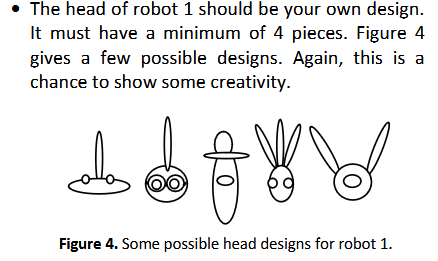
I wanted to make Auto from Wall-E.
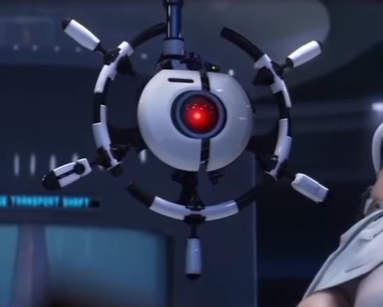
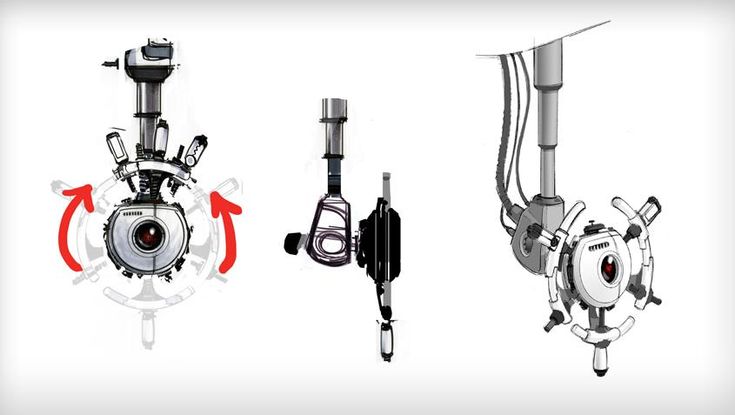
Auto’s design, which is based on the captain’s wheel of a traditional sailing ship, features an outer “ring” ordained with handles. As the assignment was limited to planes, cubes and spheres this would be a challenge to model.
While Auto’s face and handles could be modelled with stretched spheres, the ring could not. I considered several approaches such as:
-creating a custom “ring” data type (this would not model the gap at the top and didn’t meet the assginment constraints)
-creating a fake “ring” out of a large number of spheres chained together (hard to implement and impossible to texture)
In the end I came up with the solution of using alpha blending with my shader. This involved creating a flattened sphere and applying a texture crafted so that the middle of the very flat sphere would appear transparent - leaving just the edge to give the appearance of a “ring”. From this a texture could be applied to give the appropriate black/white highlights and the handles attached at appropriate positions.
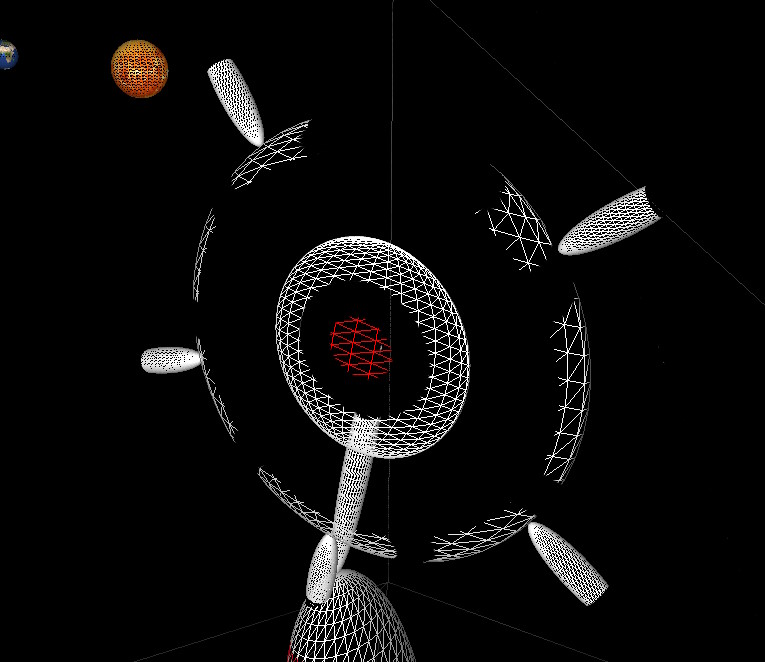
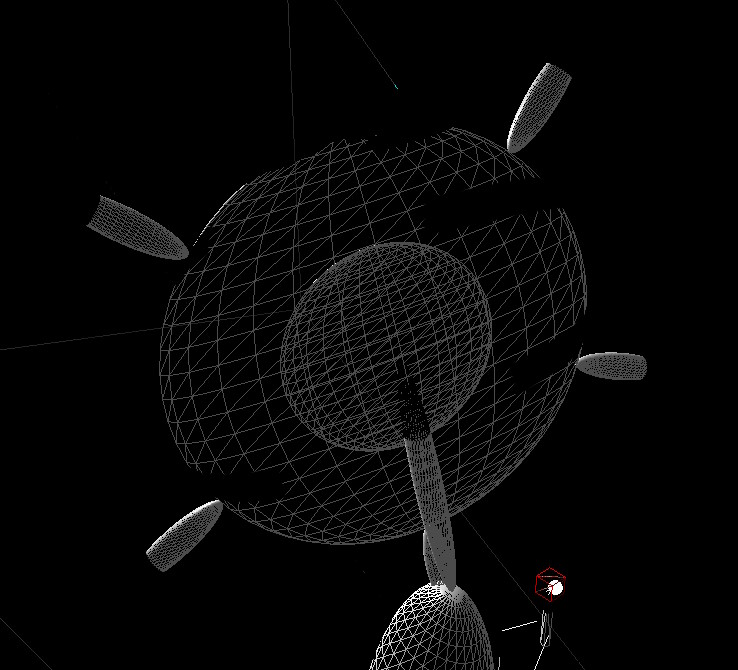
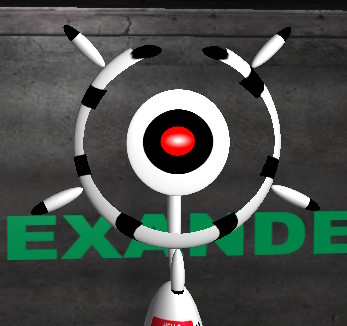
Makign the skybox.